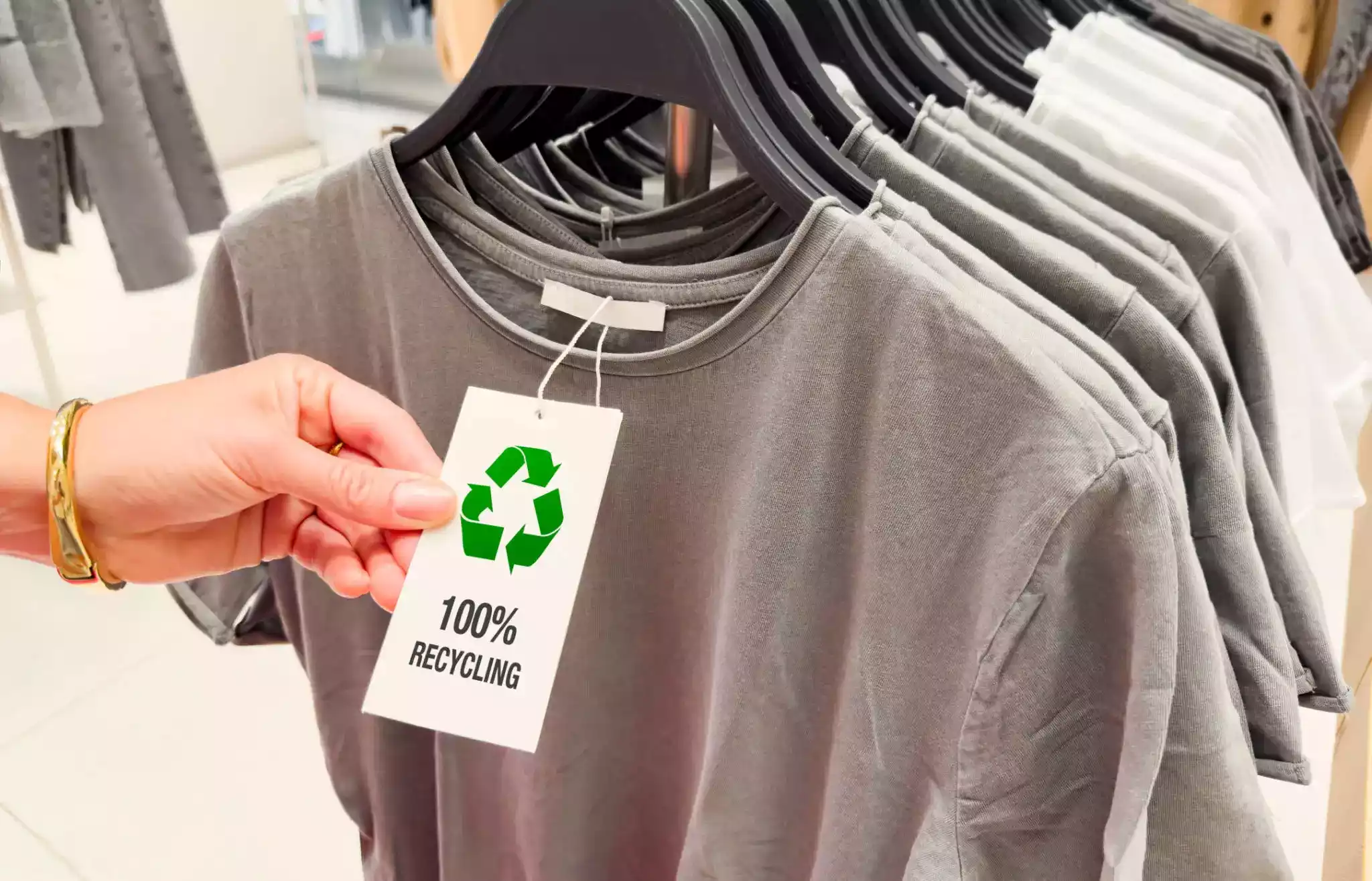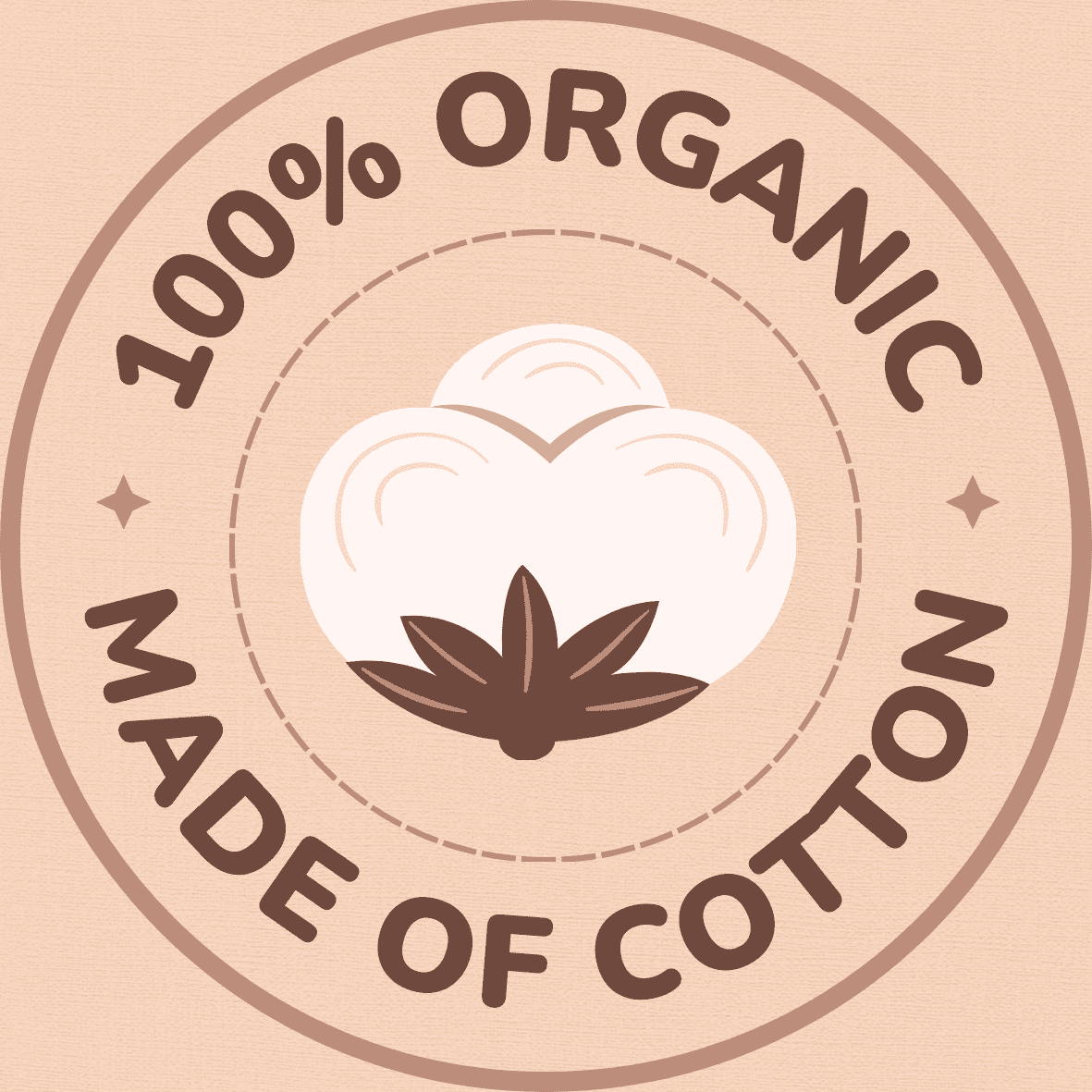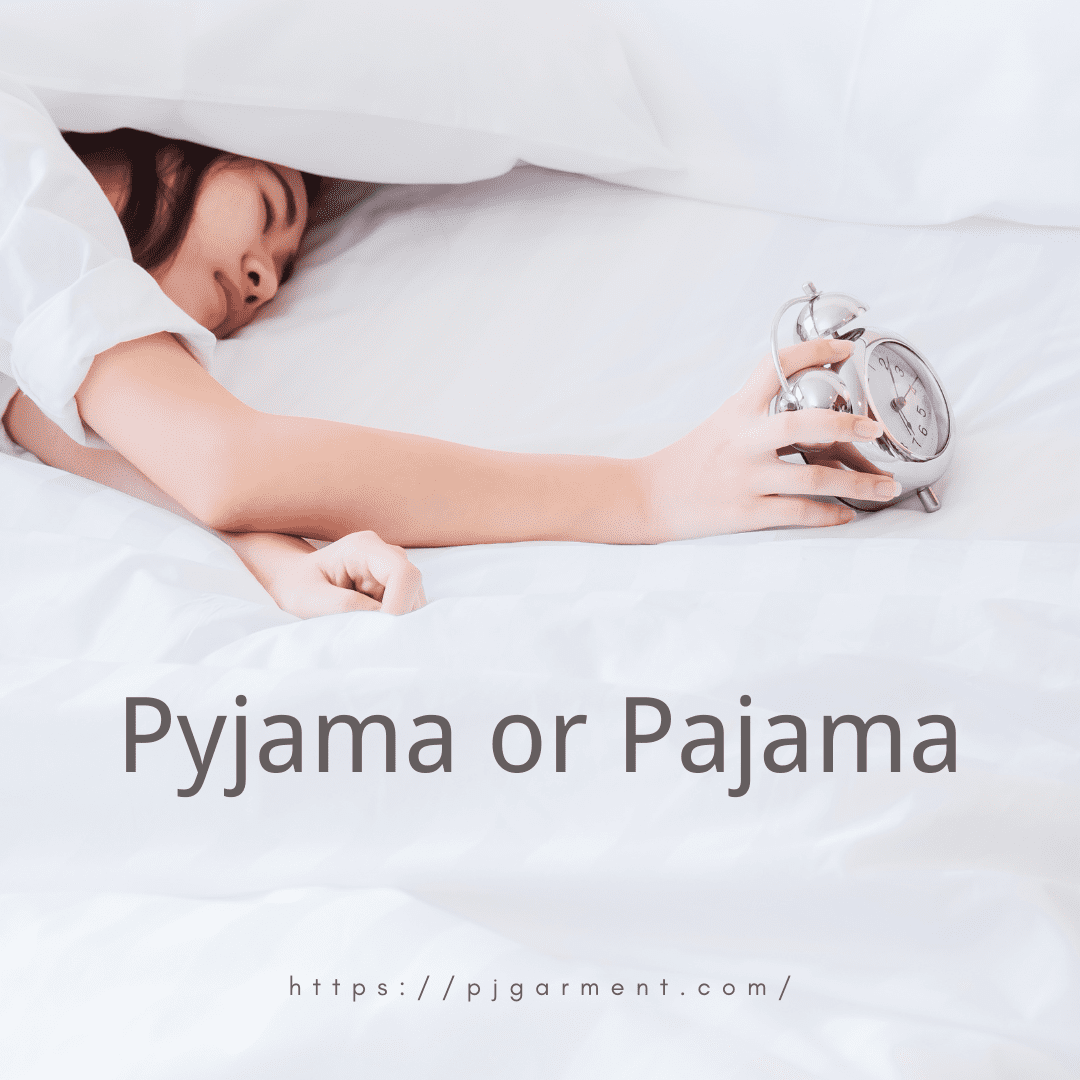Eco-Friendly Fashion: Dive into the World of Bamboo Fabric Manufacturers
The burgeoning interest in preserving our environment brought by the awareness of the harmful impacts of human activities has prompted a shift towards sustainable practices. This wave of change has also swept the textile industry, leading to the emergence of eco-friendly textiles. One such innovation that has gained significant prominence is the bamboo fabric. Its eco-friendly attributes and versatility have captivated both consumers and industry stakeholders alike.
In this context, bamboo fabric manufacturers are flourishing, seizing the opportunity to contribute to environmental sustainability while meeting the soaring demand for these revolutionary materials. Particularly in the United States, states like North Carolina and Oregon, known for their progressive environmentally friendly initiatives, have seen an increase in bamboo fabric manufacturers. These manufacturers are not only advancing methods to make production more viable, efficient, and cost-effective, but they are also exploring innovative applications of bamboo fabrics, further setting them apart from their traditional counterparts.
The Process of Making Bamboo Fabric
The transformation from a bamboo plant to a soft fabric is an intricate process, and it involves sophisticated technology. Initially, the bamboo is harvested, then crushed into a wood pulp by a bamboo fabric clothing manufacturer. Using a non-toxic, closed-loop system, this pulp is soaked in a solution with natural enzymes which breaks it down into a mushy mass and helps extract cellulose.
The next phase encompasses the regeneration of this cellulose into a fiber, a task carried out by a bamboo viscose fabric manufacturer. It involves spinning the cellulose into a viscose solution, pushing it through small holes to form threads, and then solidifying it in a chemical bath. These threads, which now exhibit a high level of smoothness, are then spun into yarn and woven into a fabric. From start to end, the process is managed meticulously to ensure the fabric retains the natural anti-bacterial and moisture-wicking properties of bamboo, making bamboo-derived textiles a sustainable choice in fashion.
The Benefits of Bamboo as a Fabric Material
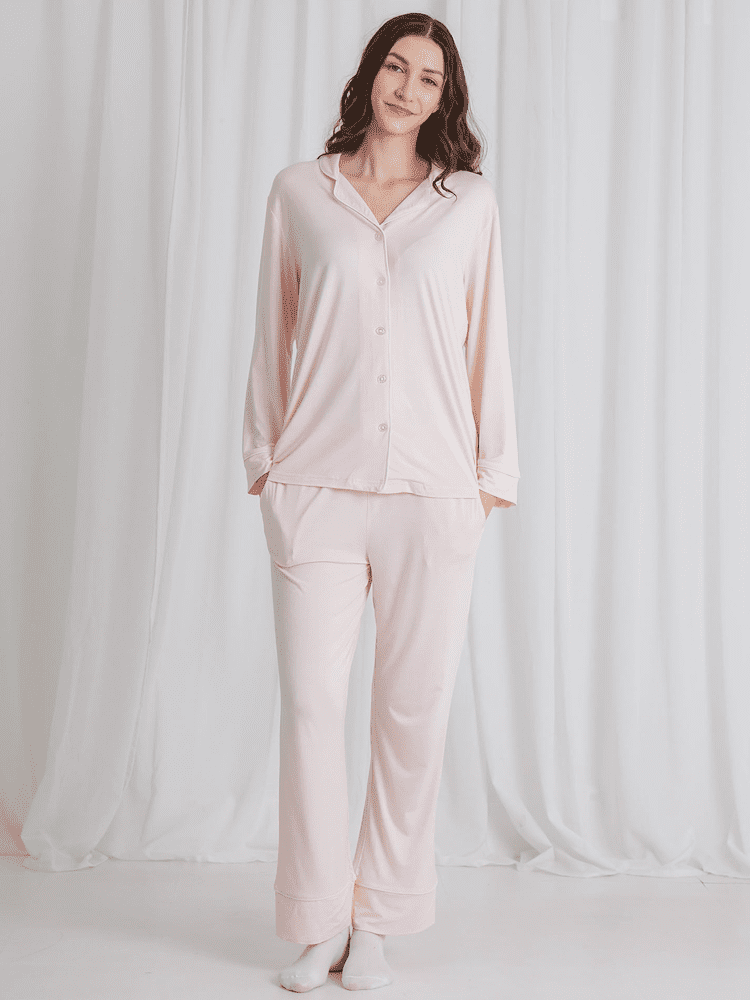
Bamboo fabric has recently been lauded as a marvel in the textile industry, attracting a wealth of attention from eco-conscious consumers and industry leaders alike. Notably, bamboo fabric manufacturers in China have led in terms of production scale and technological advancement, contributing to the growing reputation of bamboo as a preferred fabric material.
As a fabric, bamboo touts several impressive attributes that make it an attractive option for manufacturers and consumers. One of the key benefits of using bamboo lies in its innate antimicrobial properties, which lends the finished product a characteristic freshness. This, complemented by its exceptional moisture-wicking abilities, positions bamboo fabric as an ideal material for clothing, particularly undergarments and activewear. Furthermore, the fabric is inherently soft and smooth, providing an unparalleled comfort level that outmatches traditional materials. In fact, it is this blend of features- comfort, moisture wicking capacity, and antimicrobial characteristics- which has driven its increasing adoption by notable bamboo fabric manufacturers.
Bamboo Fabric Versus Traditional Textile Materials
When comparing bamboo fabric with traditional textile materials, several distinctive characteristics that distinguish bamboo can be identified. The first significant difference concerns the process of growth and biomass production. Unlike cotton, for instance, which requires a large amount of water, pesticides, and manual labor during its cultivation phase, bamboo thrives naturally in many climates and grows rapidly without the need for excessive resource input. More importantly, it is a renewable resource that is gentler on the environment.
Bamboo fabric manufacturers in Australia and the UK have been instrumental in promoting this sustainable fabric to the global textile market. They have built on the plant’s natural attributes and used advanced practices and technologies to create bamboo fabric that excels both in terms of sustainability and performance. For instance, bamboo fabric, in comparison to traditional textiles, inherently has excellent moisture-wicking, breathability, and hypoallergenic properties. This has made it a preferred choice for clothing items, especially for sportswear and apparel. These manufacturers continue to innovate, improving the comfort and durability of bamboo fabric while remaining committed to meeting the highest environmental standards.
Prominent Bamboo Fabric Producers Globally
In leading the charge of bamboo fabric production boasts the United States of America. A proliferation of bamboo fabric manufacturers in the USA signifies the nation’s consistent dedication towards embracing sustainable and organic textile alternatives. Esteemed manufacturers such as Bamboosa, Cariloha, and Bambu are quintessential examples that contribute to the production of high-quality bamboo-based textiles. These frontrunners take pride in their engineered fabrics that provide superlative comfort, softness, and durability.
Another pivotal player on a global platform is the bamboo fabric zip sweatshirt manufacturer. This segment of the industry has seen a dramatic swell in growth over recent years, largely due to the global shift towards eco-friendly apparel. This industry dimension offers a prolific variety of zip sweatshirts, manifesting the versatility of bamboo as an adaptable material for diverse clothing styles. With an increasingly conscientious consumer base, the demand for such products continues to accelerate, further fueling the growth of prominent bamboo fabric manufacturers worldwide.
The Versatility of Bamboo in Fashion Industry
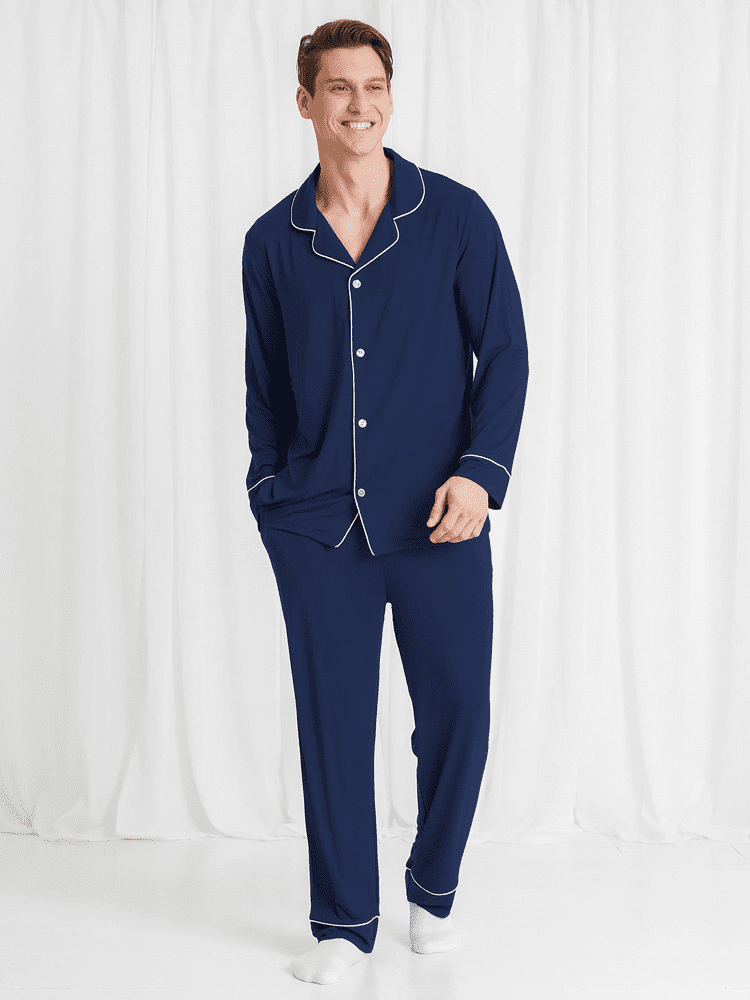
The fashion industry has been witnessing a profound shift in its raw materials sourcing, with bamboo textiles taking center stage. Bamboo presents enormous versatility, sweeping through the apparel sector like a wave, and leaving discerning consumers awestruck about its potential. It’s no longer just about T-shirts and underwear, esteemed bamboo fiber fabric manufacturers have now ingeniously expanded their product ranges to include an array of garments like formal shirts, dresses, athletic wear, and even denim.
This versatile nature of bamboo fabric is owed to its seamless blend of comfort, practicality, and durability. Organic bamboo fabric manufacturers have capitalized on these attributes. They play a pivotal role in crafting trendy and voguish clothing, from winter coats infused with bamboo charcoal for enhanced insulation, to summer dresses replete with the natural breathability and UV protection offered by bamboo fibers. The bamboo textile evolution in the fashion industry continues to evolve, promising to push the boundaries of what we imagine is possible with this sustainable material.
Certifications for Sustainable Bamboo Fabric
Achieving sustainability in textile production not only concerns the raw materials in play, but expands to incorporate the overall production and supply process. A key sector that highlights this concept is the production of private label bamboo clothing. This industry has seen an increased adoption of stringent certification measures to validate their sustainable practices. These certifications, often issued by globally recognized bodies, serve as objective proof of the manufacturer’s commitment to eco-friendliness and ethical labor practices.
Bamboo t-shirt manufacturers, for instance, strive for certifications such as the Organic Crop Improvement Association (OCIA) and the Organic Content Standard (OCS). They do this to ensure the textile’s production process aligns with globally accepted sustainable regulations. In addition, certifications such as OEKO-TEX Standard 100 are sought after to validate the eco-friendliness of the production process, which includes dyeing and finishing. These certifications offer customers trust in the product, affirming it as a part of a conscious and responsible consumer choice. Importantly, they also push manufacturers to continually improve their sustainability procedures and methods, further inviting innovation in the sector.
Incorporating Bamboo Fabric into Your Wardrobe
Expanding one’s wardrobe with bamboo fabric apparel elevates not only the style quotient but also the sustainability factor. From high-end fashion brands to affordable online stores, the availability of womens bamboo clothing has surged, reflecting the growing shift towards eco-friendly fashion. One can easily find bamboo fabric clothes in various forms, such as negligees, sportswear, casual or formal wear; their smooth texture and appealing dri-fit style have caught the attention of fashion enthusiasts worldwide.
Incorporation of bamboo fabric apparel into your daily wardrobe could serve as a step forward in revitalizing your connection with nature. Airy, light, and naturally hypoallergenic, womens bamboo clothing offers an extra level of comfort that is rarely matched by traditional fabrics. The breathability of the fabric coupled with its moisture-wicking capability provides an unprecedented wearing experience, improving the overall clothing sensation while affirming the commitment towards a greener future.
Challenges and Solutions in Bamboo Fabric Production
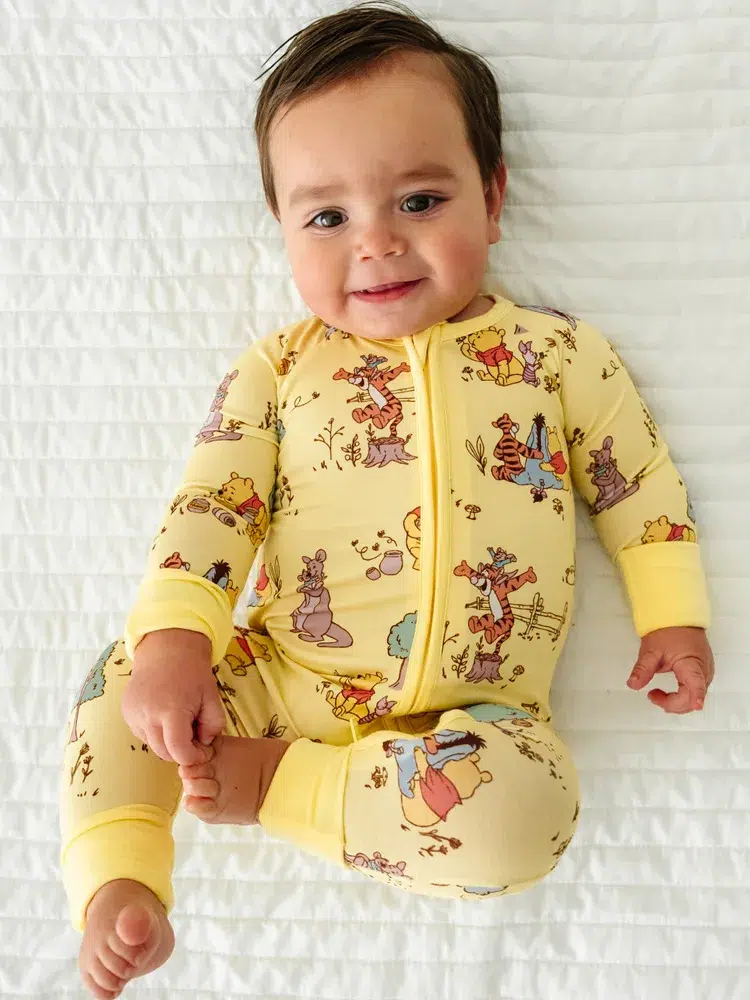
Despite the immense potential for bamboo fabric to contribute positively to sustainable fashion, there are several challenges still faced within its production sphere. Firstly, the chemical process used to break down and convert raw bamboo into usable viscose fabric, also known as the rayon process, can be extremely harmful to the environment if not managed carefully. This is due to the use of carbon disulfide, a toxic solvent that can pollute the atmosphere and local water sources. Apart from the environmental concerns, the cost of production is also high as compared to conventional textiles, further complicating its large-scale adoption.
Nevertheless, various industry solutions have been proposed and implemented to tackle these challenges. A significant advancement came with the development of Lyocell, a process that uses a non-toxic solvent N-Methylmorpholine N-oxide (NMMO) to dissolve the bamboo pulp, thereby offering a more environmentally conscious alternative. Moreover, continual technological improvements have managed to reduce the cost of production, gradually bridging the gap with traditional textiles. Therefore, despite the challenges at hand, the continuous technological innovations present a promising outlook toward mitigating these hurdles, providing a path for bamboo fabric to play a more prominent role in sustainable fashion.
Future Trends in Bamboo Textile Industry
The bamboo textile industry is on the precipice of a booming revolution fueled by advancements in technology and increased consumer awareness. As we delve deeper into the 21st century, experts predict the market will continue to flourish as the demand for sustainable, eco-friendly materials escalates. Continuous research and evolution in production techniques could potentially expand the scope of bamboo textiles, positioning them as core elements in an encompassing range of products, from fashion to home decor.
Simultaneously, we can anticipate a shift in sourcing and manufacturing practices. Currently, the majority of bamboo fibers are derived from regions like China, India or Bangladesh, marking them as major contributors to the bamboo fabric industry. However, the forthcoming trendsetters mainly include the use of genetic crop modifications and the cultivation of bamboo in previously unexplored territories. These trends will influence the economic dynamics not only of these countries but will have a global ripple effect forecasted to elevate the overall worth and significance of bamboo textiles.
In this regard, the future trends in bamboo textile industry can be categorized into several key areas:
• Advancements in Production Technology: The continuous evolution of production techniques promises to enhance the quality and versatility of bamboo textiles. Innovations such as nanotechnology applications, advanced spinning methods, and innovative dyeing processes are likely to drive this trend.
• Increased Consumer Awareness: As consumers become more conscious about their environmental footprint, there is a surge in demand for sustainable materials like bamboo textiles. This trend will continue to bolster the growth of the market.
• Genetic Crop Modifications: To increase yield and improve fiber quality, genetic modifications on bamboo crops could potentially become a significant trend. This would allow producers to meet growing demands without compromising on sustainability or fabric properties.
• Expansion into New Territories: Currently concentrated mainly in Asia, we may see an expansion of bamboo cultivation into previously unexplored territories. This diversification will not only help meet global demand but also stimulate economic growth in these regions.
• Development of New Products: With its unique properties such as softness, breathability and antibacterial nature; Bamboo fibers have potential use beyond clothing lines. Future trends might include expanding product ranges from fashion items to home decor products like curtains, rugs or bed linens.
These forthcoming trends suggest that the bamboo textile industry has immense potential for growth driven by technological advancements and increasing consumer awareness towards eco-friendly products. Consequently, it presents lucrative opportunities for businesses willing to invest time and resources into exploring its vast possibilities while contributing positively towards environmental sustainability.
FAQs
What are the factors contributing to the rise of sustainable textiles?
The increasing awareness on environmental sustainability, consumer demand for eco-friendly products, and technological advancements in production processes are key factors driving the rise of sustainable textiles.
How is bamboo fabric produced?
Bamboo fabric is produced by extracting cellulose from the bamboo plant. The cellulose is then dissolved in a solution, and it is this solution that is used to spin the fibers that make up the fabric.
What are the benefits of using bamboo as a fabric material?
Bamboo fabric is known for its durability, softness, and breathability. It’s also highly absorbent, UV protective, and biodegradable, making it an excellent eco-friendly choice for clothing and textiles.
How does bamboo fabric compare to traditional textile materials?
Bamboo fabric is generally softer, more breathable, and more absorbent than traditional textiles. It is also a more sustainable choice as bamboo grows quickly and doesn’t require as much water or pesticides as cotton, for example.
Can you name some prominent bamboo fabric producers globally?
While there are many producers of bamboo fabric globally, some of the most notable ones include Pjgarment, Cozy Earth, and Bamigo.
How is bamboo fabric being used in the fashion industry?
Bamboo fabric is being used in a wide range of fashion items, from casual wear such as T-shirts and underwear to high-end fashion garments. Its versatility, along with its sustainable appeal, makes it a popular choice among fashion designers.
What certifications should I look for when purchasing sustainable bamboo fabric?
Certifications like the Oeko-Tex Standard 100, Global Organic Textile Standards (GOTS), and the USDA Organic label demonstrate that the bamboo fabric meets certain standards for environmental responsibility and sustainability.
How can I incorporate bamboo fabric into my wardrobe?
Incorporating bamboo fabric into your wardrobe can be as simple as choosing bamboo clothing items when shopping. Look for brands that offer bamboo clothing and accessories, and try to choose items that you’ll wear often to maximize the benefits.
What are some challenges in bamboo fabric production and how can they be addressed?
One of the main challenges is the use of harmful chemicals in the production process, which can be addressed by innovating safer, more environmentally-friendly manufacturing methods. Other challenges include ensuring fair labor practices and maintaining the sustainability of bamboo plantations.
What are the future trends in the bamboo textile industry?
Future trends include continued growth due to its sustainable appeal, technological advancements in production processes, and increased use in fashion and home textiles. There’s also a trend towards achieving more certifications and maintaining fair trade practices.

